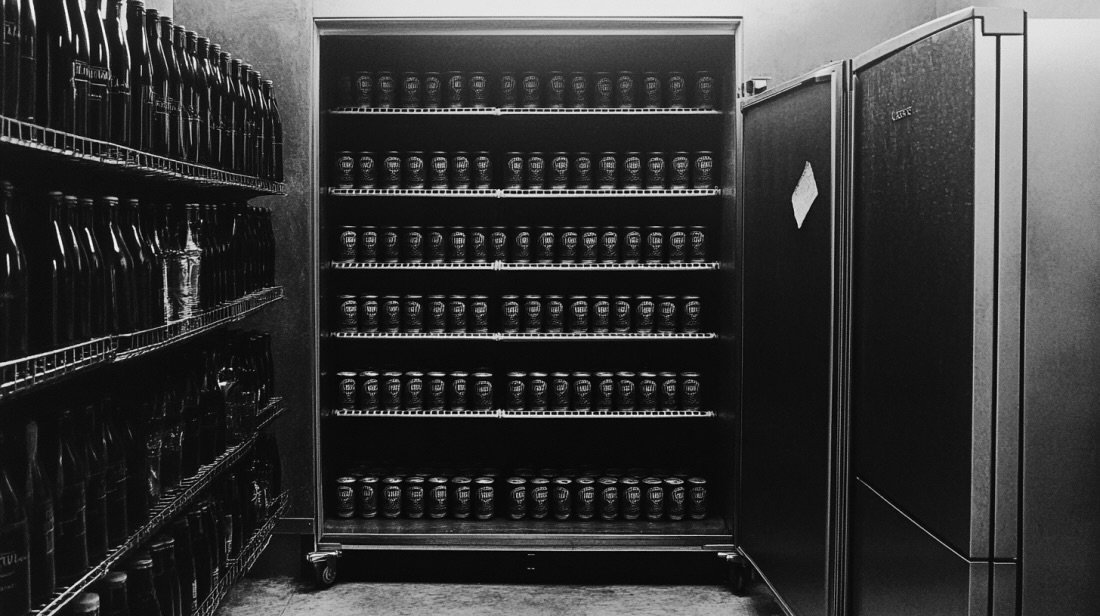How To Build A Personal Brand On Linkedin (Without Sounding Like A Robot Or A Tool)

Let’s just call it what it is: most LinkedIn content sounds like it was written by someone who lost a bet. Over-polished, over-thought, and dripping with buzzwords. The kind of stuff that makes you feel like you need a shower after scrolling.
But here’s the good news: building a personal brand on LinkedIn doesn’t require you to sell your soul to the algorithm gods. You don’t need a template. You don’t need to be a thought leader. And you sure as hell don’t need ChatGPT to write your posts for you.
You need three things: a spine, a story, and a strategy.
Let’s break it down.
1. PICK ONE THING TO BE KNOWN FOR
Don’t try to be everything to everyone. Pick one hill to die on. One pain point your audience can’t shut up about. Then talk about it until people start tagging you when it comes up.
For me? It’s the disconnect between social media managers and the people who sign their checks. The C-suite wants metrics. The social team wants meaning. That gap? That’s where I live. That’s what I solve.
And I don’t solve it by listing features or flexing credentials. I solve it by telling real stories from the trenches. Times I’ve screwed up. Times I’ve figured something out. Times a client went from invisible to irreplaceable.
Because here’s the secret: stories beat stats. Every time.
2. SHARE THE STUFF AI CAN’T TOUCH
We’re swimming in AI sludge right now. Same structure. Same syntax. Same fake wisdom from people who’ve never done the work.
What cuts through that? Humanity.
Talk about what it actually felt like to post your first video. Or get ghosted by a client. Or screw up a campaign that cost you sleep and sanity. That’s what people remember. That’s what earns trust.
People want to buy from people who’ve lived through something. So show them you’ve been in the fire. Let them smell the smoke.
3. BE CONTRARIAN (WITH A POINT)
Don’t be different just to be difficult. But don’t parrot the same tired takes either. If everyone’s nodding in agreement, you’re not saying anything worth hearing.
Find the edges. Find the things in your industry that make you want to throw your phone across the room. Then write about those.
For me? It’s the obsession with vanity metrics. Or the blind trust in gurus selling six-figure systems. Or brands that chase clout over connection.
If you want people to pay attention, give them a reason. Ruffle feathers. Ask better questions. Call out the BS-respectfully, but clearly.
4. YOUR STRATEGY ISN’T POSTS. IT’S PRESENCE.
Posting three times a week won’t save you. Engagement will. Community will. Actually giving a damn will.
I don’t post to check a box. I post because I’ve got something to say-and I want to talk with the people who are listening. Not talk at them. With them.
That means commenting. DM’ing. Jumping in when someone’s stuck. It means showing up like a person, not a pitch deck.
The algorithm favors consistency. But people favor connection. Build both.
5. STOP WRITING LIKE YOU’RE AUDITIONING FOR A TED TALK
The fastest way to kill your credibility? Sound like everyone else.
Drop the LinkedIn voice. Kill the buzzwords. Write how you talk. Short, sharp, and honest.
If your post sounds like it came from a PR department, start over. You’re not here to impress. You’re here to resonate.
Quick tip? Read your post out loud. If it sounds weird coming out of your mouth, it’s gonna sound even weirder on someone else’s feed.
REAL-WORLD EXAMPLES THAT ACTUALLY WORK
Let’s get out of theory and into practice. Here are three content plays I’ve run myself or with clients that built real personal brands (not follower farms):
- The Confession Post: One of my best-performing posts ever started with: “I almost quit last year.” Raw, real, and straight into the pain. It didn’t have a CTA. It had a pulse.
- The Call-Out: I wrote a piece titled “Your social media strategy sucks. Here’s why.” Direct, maybe a little rude-but it started real conversations. If your brand can handle it, go there.
- The Walkthrough: I broke down how we took a zero-engagement food brand and turned it into a cult favorite on TikTok. Screenshots. Numbers. Real behind-the-scenes. People loved it. Because it showed the work, not just the win.
WHAT THIS MEANS FOR FOOD, BEVERAGE, AND OUTDOOR BRANDS
If you’re in the clean-label CPG space or the outdoor gear world, listen up: your founder should be the face. Not just the logo.
You want buyers, distributors, influencers, even your grandma to get what you stand for? Get your boots in the feed. Talk about your process. Your wins. Your failures. Your why.
This is especially true for small-to-mid sized brands. You don’t have millions to burn. But you’ve got a story. Use it.
FINAL WORD (BEFORE YOU GO WRITE SOMETHING THAT MATTERS)
Your LinkedIn isn’t your resume. It’s your campfire. Light it. Invite people in. Tell stories that keep ‘em listening.
And for the love of all things holy, stop outsourcing your voice to a robot. You’ve got something to say. Say it like you mean it.
Giovanni Gallucci is a 20+ year social media strategist, SEO tactician, and award-winning content creator who’s helped everyone from Topo Chico to Red Bull to backcountry outfitters punch above their weight. He works with clean-label food brands, outdoor lifestyle companies, and America-first startups to build social strategies that don’t just sound good-they sell.
travis stone is an outdoor photographer, environmental advocate, and storyteller shaped by long miles, early mornings, and time spent paying attention. his work began in the mountain west, where years of field work, freelance photography, and conservation driven projects grounded his approach in patience and earned experience. those years built a quiet respect for landscapes, communities, and the slow craft of visual storytelling, values that continue to guide his work today.
he studied environmental studies and outdoor recreation management at the university of colorado boulder, where he focused on environmental ethics, sustainability, and media production. during that time, he founded a campus photography club, worked with colorado parks and wildlife on conservation content, and led backcountry storytelling workshops. that education, paired with years of professional practice, shaped a perspective rooted in stewardship, restraint, and clarity rather than volume or spectacle.
at marfa strategies, travis works at the intersection of strategy, storytelling, and lived experience. he helps brands define voice, develop durable content systems, and build trust through organic, audience first storytelling. his role centers on long term thinking, visual narrative development, and translating real world work into digital spaces without losing honesty or texture. he approaches strategy the same way he approaches photography, quietly, deliberately, and with respect for what lasts.





